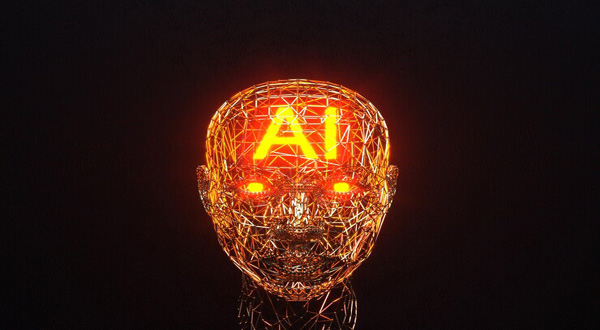What is the Definition of AI According to AI Textbooks?
- Update Time : Thursday, March 7, 2024
- 30 Time View

What is the Definition of AI According to AI Textbooks? :Artificial Intelligence (AI) is a fascinating field that has captured the imagination of many. But what exactly is AI, according to textbooks? In this article, we’ll delve into the definition of AI as outlined in AI textbooks, exploring its various facets and implications. So, let’s embark on this journey to demystify the world of AI!
Table of Contents
| Sr | Headings |
|—–|————————————-|
| 1 | Introduction |
| 2 | What is Artificial Intelligence? |
| 3 | History of AI |
| 4 | Types of AI |
| 5 | Applications of AI |
| 6 | Challenges in AI Development |
| 7 | Ethics and AI |
| 8 | Future of AI |
| 9 | Conclusion |
| 10 | FAQs About AI |
- Introduction
Artificial Intelligence, or AI, has become a buzzword in today’s tech-savvy world. But what exactly does it entail? Let’s unravel the mysteries of AI as depicted in textbooks and understand its significance in our lives.
- What is Artificial Intelligence?
Artificial Intelligence, often abbreviated as AI, refers to the simulation of human intelligence in machines. These machines are programmed to mimic human actions, such as learning, problem-solving, and decision-making, without explicit instructions. In simpler terms, AI enables computers to perform tasks that typically require human intelligence.
- History of AI
The history of AI dates back to the mid-20th century when the term was coined by John McCarthy, an American computer scientist. Since then, AI has evolved significantly, witnessing notable milestones such as the development of expert systems, neural networks, and deep learning algorithms.
Read More: Understanding Artificial Intelligence in Computers: A Guide for Class 5 Students
- Types of AI
AI can be categorized into two main types: narrow AI and general AI. Narrow AI, also known as weak AI, is designed to perform specific tasks, such as speech recognition or playing chess. On the other hand, general AI, or strong AI, exhibits human-like intelligence and can perform a wide range of tasks across different domains.
- Applications of AI
The applications of AI are diverse and widespread, ranging from virtual assistants like Siri and Alexa to autonomous vehicles, medical diagnosis systems, and financial forecasting algorithms. AI has revolutionized various industries, enhancing efficiency, accuracy, and decision-making capabilities.
- Challenges in AI Development
Despite its advancements, AI development is not without challenges. Ethical concerns, data privacy, bias in algorithms, and unemployment due to automation are some of the pressing issues that need to be addressed. Ensuring responsible AI deployment is crucial to mitigate these challenges.
- Ethics and AI
The ethical implications of AI are a topic of considerable debate. Questions regarding autonomy, accountability, and fairness arise as AI systems become increasingly autonomous. It’s imperative to establish ethical guidelines and regulations to govern the development and deployment of AI technologies responsibly.
- Future of AI
The future of AI holds immense potential, with experts predicting its continued growth and integration into various aspects of our lives. Advancements in machine learning, natural language processing, and robotics are expected to drive innovation and reshape industries in the years to come.
Read More: Unveiling Artificial Intelligence in Computers: Understanding its Impact on Our Lives
- Conclusion
In conclusion, the definition of AI according to AI textbooks encompasses the simulation of human intelligence in machines, enabling them to perform tasks autonomously. As AI continues to evolve, its applications, challenges, and ethical considerations will shape its trajectory and impact on society.
- FAQs About AI
Q1: What are the main types of AI?
A1: The main types of AI are narrow AI and general AI. Narrow AI is designed for specific tasks, while general AI exhibits human-like intelligence across various domains.
Q2: What are some common applications of AI?
A2: AI is used in various applications such as virtual assistants, autonomous vehicles, medical diagnosis systems, and financial forecasting algorithms.
Q3: What are the challenges in AI development?
A3: Challenges in AI development include ethical concerns, data privacy issues, bias in algorithms, and potential unemployment due to automation.
Q4: What ethical considerations are associated with AI?
A4: Ethical considerations in AI include autonomy, accountability, fairness, and the responsible deployment of AI technologies.
Q5: What is the future outlook for AI?
A5: The future of AI holds immense potential, with advancements in machine learning, natural language processing, and robotics driving innovation across various industries.












